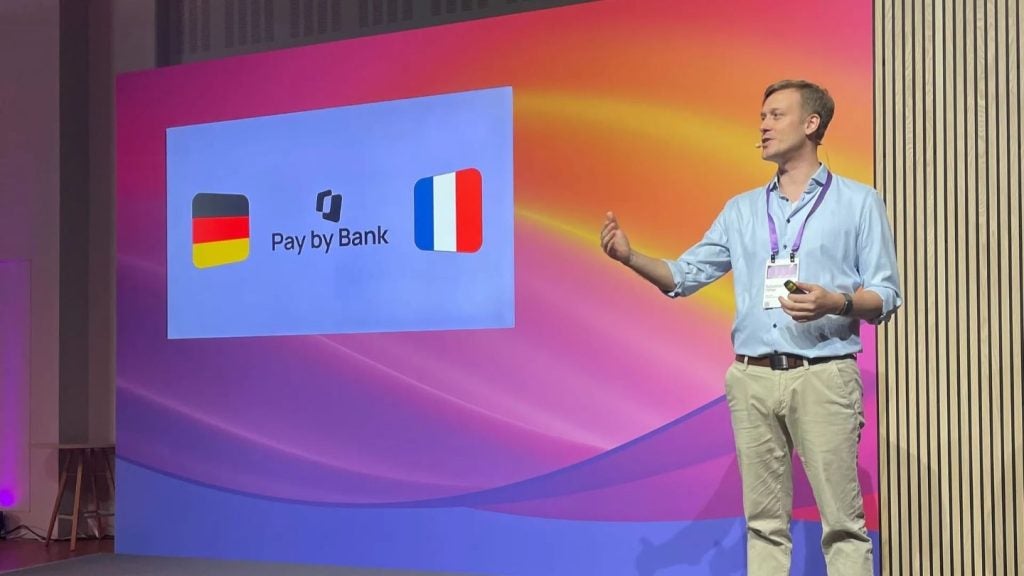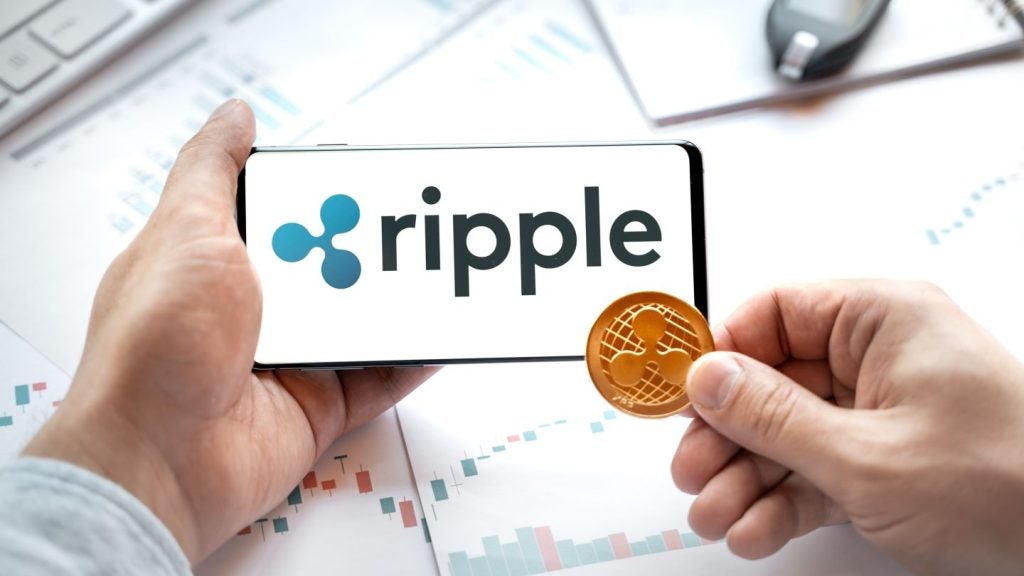Cards International presented some new research on the UK
prepaid market which looked at usage and awareness among UK
consumers. In this extract, Roy
Driver reviews some of the key findings and
comments on what they might mean for the UK prepaid card
industry.
 How often have we heard in the prepaid industry the
How often have we heard in the prepaid industry the
question ‘when will someone do some real market research on prepaid
cards?’ Well, Cards International listened, and working in
partnership with the British Market Research Bureau (BMRB),
commissioned the first major piece of prepaid card market research
in the UK, interviewing 3,000 people between 24 July and 10 August
2008 using an internet Omnibus survey tool.
The only previous piece of research often quoted by industry
figures was commissioned by MasterCard earlier this year, which was
carried out by ASE and interviewed only 204 people. The results
from BMRB’s and CI’s research are thus the first with true
statistical significance into this fast emerging market.
However, the first headline figure from it raises more questions
that it answers. Consumers were asked: “Have you ever purchased a
prepaid payment/debit card with a logo of Visa, MasterCard or
Maestro for your own or family use, but not as a gift?” Of those
surveyed, 12 percent of UK consumers stated they had purchased a
card and of these 7 percent had purchased one in the last six
months.
 Consumer confusion still an
Consumer confusion still an
issue
Based even on an adult population of circa 45 million, this
would mean that close to 5.5 million prepaid cards have been sold
in the UK, and some 3 million-plus in the last six months. If this
was the case, I am sure we would be seeing many more smiling faces
from programme managers, banks and processors.

US Tariffs are shifting - will you react or anticipate?
Don’t let policy changes catch you off guard. Stay proactive with real-time data and expert analysis.
By GlobalDataThese numbers simply do not add up, and thus what we can infer
from this is that despite a very specific question a large number
of consumers still do not truly understand what a prepaid payment
card is.
What is perhaps very interesting is that when respondents were
asked: “How did you use the prepaid payment/debit card(s)?”, the
single biggest use was to make purchases on the internet.
This in itself raises a number of questions. We have seen the
growth of PayPal to where they now claim globally 175 million
accounts with 57 million active accounts in 2007 and roughly 10
percent of all commerce going through it. Neteller also has well
over 2 million accounts. Both of these services are purely there to
enable people to make internet purchases. Are the real competitors
to prepaid cards not cash therefore but the new banks and their
products such as e-wallets?
Even if this is true, should we just sit back and say as the
market is growing so fast and is so big there are enough customers
out there for everyone?
Payroll cards, although potentially sold more to individuals,
also get a healthy usage level at 15 percent, as does money
transmission at 19 percent.
The strength of foreign exchange cards is perhaps surprising
given the American Express withdrawal from the market only in 2007,
and seems to imply that many consumers are starting to understand
the concept of using prepaid cards to take funds abroad and the
benefits including security that these products offer.
Reloading increasingly important
 We
We
look now at reloading, a hot topic given the announcement by
MasterCard in May 2008 that they would be launching their ‘rePower’
reload network in early 2009 to compete with established players
such as Payzone, Paypoint and the Post Office.
According to the CI/BMRB research, 75 percent of those that have
reloaded a prepaid card say they have a ‘regular card’ they reload.
This is slightly higher for females and those who have purchased a
card within the last six months.
The group most likely to reload are those using the card for
internet purchases but we also see the greatest drop-off here
between those that have ever reloaded and those that do regularly
at 12 percent. Key learnings for programme managers can be taken
from this in terms of identifying first use of cards and how to
incentivise cardholders to drive ‘regular’ loading of those
cards.
Surprisingly perhaps, the research found that fees both for
non-users and users of prepaid cards were not a great impediment to
use of the cards, although this did vary slightly depending on
usage. Both users and non-users where asked: “As far as you are
aware, what are the average MONTHLY maintenance fees/charges for
your prepaid payment/debit card?”
Despite often sensational press reporting of prepaid card fees,
nearly 50 percent of respondents had no idea what sort of fees
would be charged, with nearly a further 30 percent believing there
were none – nearly 80 percent in total.
This is interesting when reviewed in light of the latest
findings from the Pepper Consultancy Prepaid Report that found,
increasingly, new prepaid cards are launching with a far more
transactional pricing model than a large upfront purchase fee.
As David Parker, consultant at Pepper Consulting, commented: “We
are seeing a distinct move by new prepaid card programmes to charge
lower upfront purchase fees and higher transactional fees. When we
scenario-model the fees, this shows up very strongly and is
indicative of a market maturing and understanding better how to
charge its customers based on usage and requirements.
“We believe this is a trend likely to continue to a point where
prepaid cards may even be given away free in some business
situations and the income made on expected, and modelled usage of
those cards – much as many other banking products are.”
 Gift cards out in
Gift cards out in
front
The CI/BMRB research also looked at gift cards and here the
research showed that nearly 60 percent of people have purchased a
gift card for someone, with nearly 30 percent purchasing one in the
last three months.
The figure is even higher for recipients, with nearly 70 percent
of the UK population aware of having received one. There does seem
to be a trend for purchasers to also be receivers, with some 85
percent of those who have purchased them also having received
them.
This higher figure may be due to greater awareness, but may also
indicate that there is a self-fulfilling group of
purchasers/receivers of gift cards in the market.
Given these high levels of receipt and purchase versus the
overall market size reported by the Voucher Association as compared
to a market like the US where purchase and recipient levels are not
that much higher, one can conclude that most people in the UK who
have purchased or received them have done so probably only in
single figures. We are yet to see the level of penetration in the
US where for a children’s birthday party over 75 percent of the
‘presents’ given are in the form of a gift card.
Closed-loop, store-specific gift cards still very much dominate
the prepaid gift card area. The research found that shopping centre
gift cards accounted for 11 percent of all cards and, given that
all shopping centre cards are open-loop, it could be argued that
open-loop cards in reality represent 15 percent of all gift cards
purchased. A figure far higher than might have been expected,
especially when reviewing all the gift card centres now appearing
in many retailers but which seldom if ever have any open-loop gift
cards on them.
We have seen some open-loop general prepaid cards highlight the
‘gifting’ aspect of their product, in particular the IDT Prime card
which is unique in being an instant-issue open-loop card. White
Eagle has also recently announced the launch later this year of the
first chip and PIN instant-issue prepaid card, and it will be
interesting to see if others follow suit, giving consumers greater
choice in the open-loop gift card arena.
An interesting point that came out of the gift card research was
that women tended to receive more frequently
store-specific/closed-loop cards, with younger people and men more
likely to receive open-loop cards. Maybe this is a social statement
that the shops a woman is likely to go to are more easily
identified, whereas younger people and men are harder to get the
right closed-loop gift card for. 
This may have implications for those looking to market open-loop
gift cards going forward.
Want the full research report? Subscribers to Cards
International can receive a full copy of the Cards
International/BMRB research by sending an email to: shwin.rattan@vrlknowledgebank.com.
In addition, the report is free of charge to any new subscriber so
take out a subscription now by contacting xenia.dretaki@vrlknowlegebank.com.
Finally, if you would just like to purchase a copy of the full
research findings this is £299 or €350 from shouvik.sen@vrlknowledgebank.com







